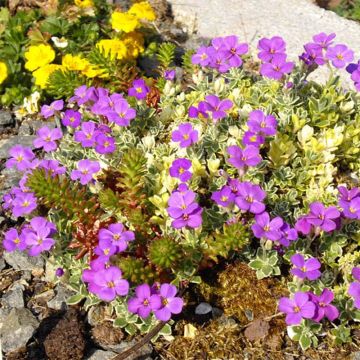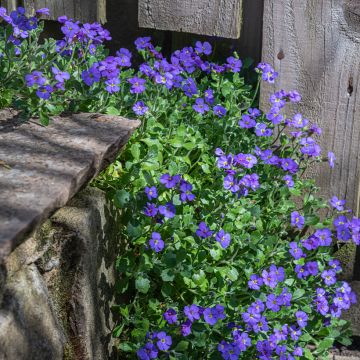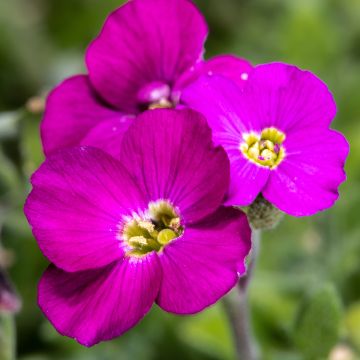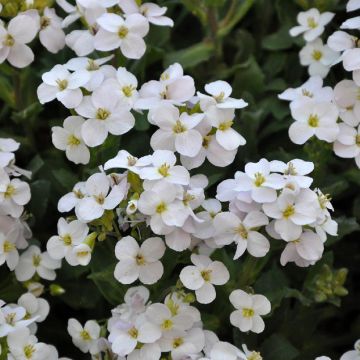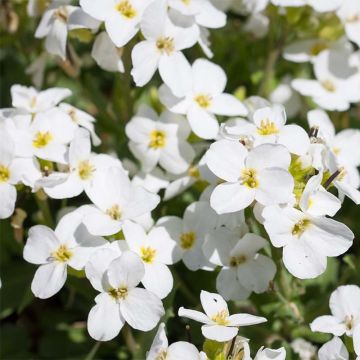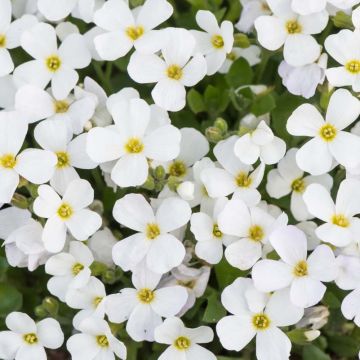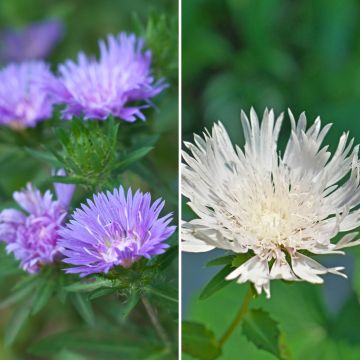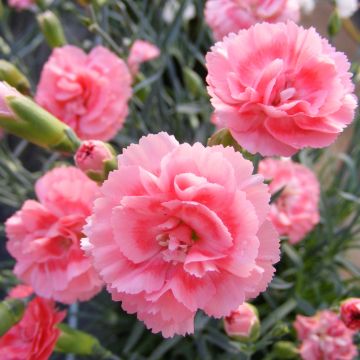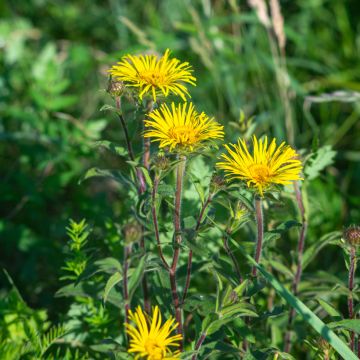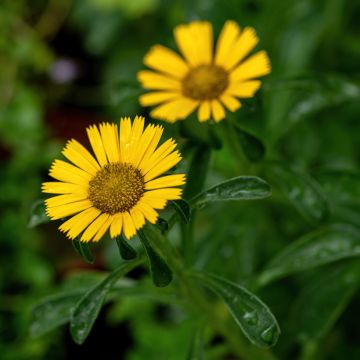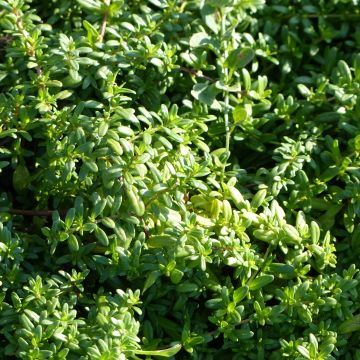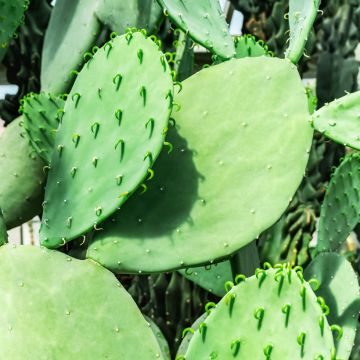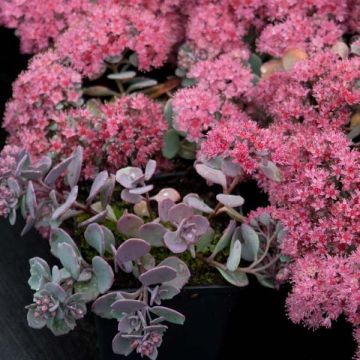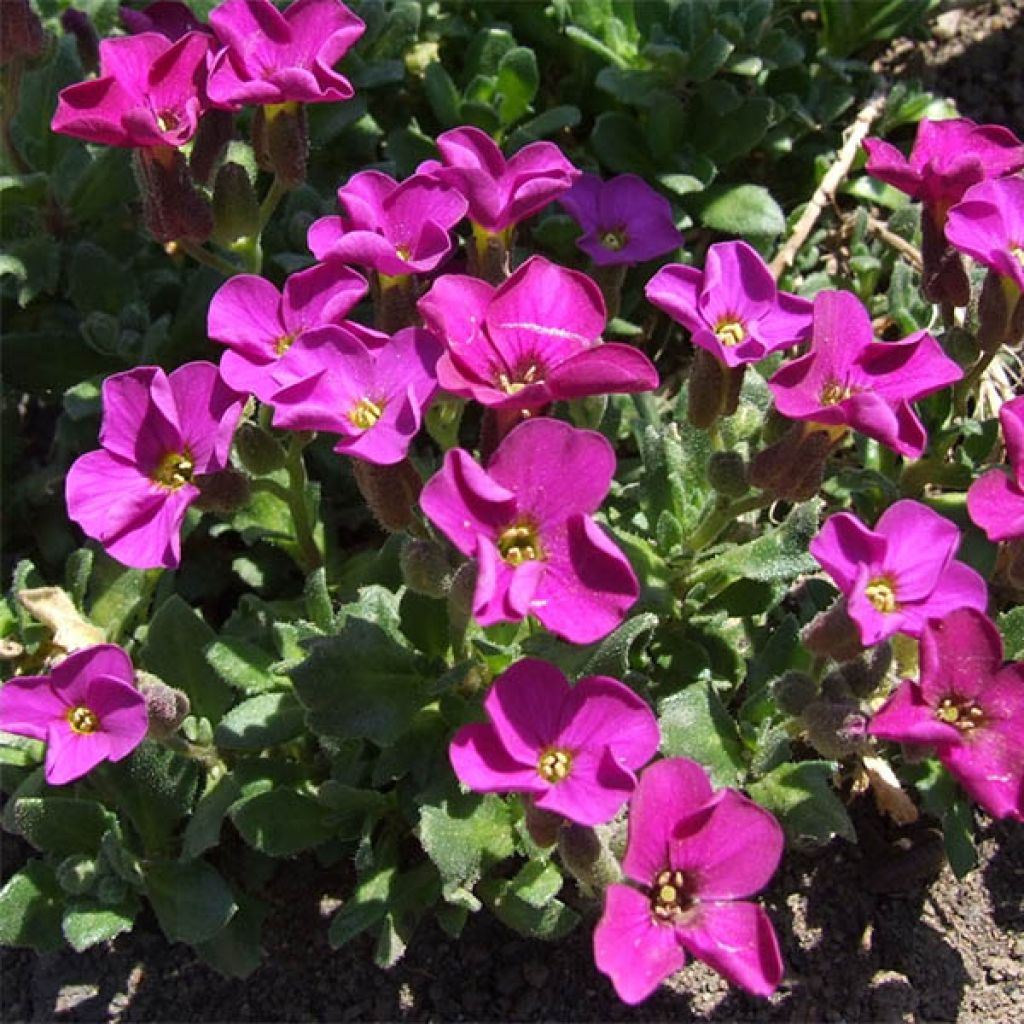

Aubrieta Red Carpet
Aubrieta Red Carpet
Aubrieta x cultorum Red Carpet
Rock cress, Garden Aubrieta, Purple Rock Cress
Disappointment... Beautiful effect when planted in a trough upon receipt in 2021. Flowering, unfortunately, was not long-lasting. I thought it probably needed to naturalise, but this year it struggled to thrive: the vine-plants took over... So much so that I moved what little I could salvage, hoping for a second chance!
guy, 18/04/2022
This item cannot be shipped to the selected country
Delivery charge from €5.90
More information
Delivery charge from €5.90
More information
Schedule delivery date,
and select date in basket
This plant carries a 12 months recovery warranty
More information
We guarantee the quality of our plants for a full growing cycle, and will replace at our expense any plant that fails to recover under normal climatic and planting conditions.
From €5.90 for pickup delivery and €6.90 for home delivery
Express home delivery from €8.90.

Does this plant fit my garden?
Set up your Plantfit profile →
Description
Aubrieta 'Red Carpet' is a particularly carpeting and floriferous variety of aubretia. This small perennial forms charming carpets of flowers in a very bright pink-carmine colour from the beginning of winter and throughout spring. The rest of the year, its evergreen to semi-evergreen leaves in a greyish-green colour continue to dress the garden. This highly floriferous but short-lived perennial is easy to grow in moist and well-drained soil in the sun. Aubriietas are essential when it comes to transforming a wall, a rock garden, a pavement, or a large planter, in a soil that is always slightly damp.
Hybrid Aubrietas belong to the Brassicaceae family and are mostly derived from Aubrieta deltoidea, native to southeastern Europe and Turkey. They are rhizomatous plants with a compact and carpeting habit, forming cushions that do not exceed 15cm (6in) in height and spreading quite rapidly over a diameter of 50 to 60cm (20 to 24in). Their semi-evergreen to evergreen leaves, depending on the climate, are slightly silver-green and oval in shape. In summer, the foliage sometimes turns yellow, without affecting the plant's health, as it will turn green again with the first rain. The small leaves end in a point and have roughly serrated margins. In spring, between the end of March and the end of May, this 'Red Carpet' variety is adorned with countless small flowers with four petals in a very vibrant pink-red shade. These are very hardy plants that can withstand temperatures as low as -20°C.
With its very carpeting and uniform growth, Aubrieta is ideally suited for planting as a border. Not demanding in terms of soil, as long as it is not too dry, it also thrives in rock gardens or on flowering walls: it forms beautiful splashes and flows of colours, like an impressionist painting. It quickly colonizes the ground, making it suitable for planting on a sunny slope. Between paving stones, in the gaps of walls, aubretias are fabulous. They also work well in balconies and hanging baskets, at the base of other upright plants, and their stems will cascade from the container to hide its edges.
Aubrieta Red Carpet in pictures


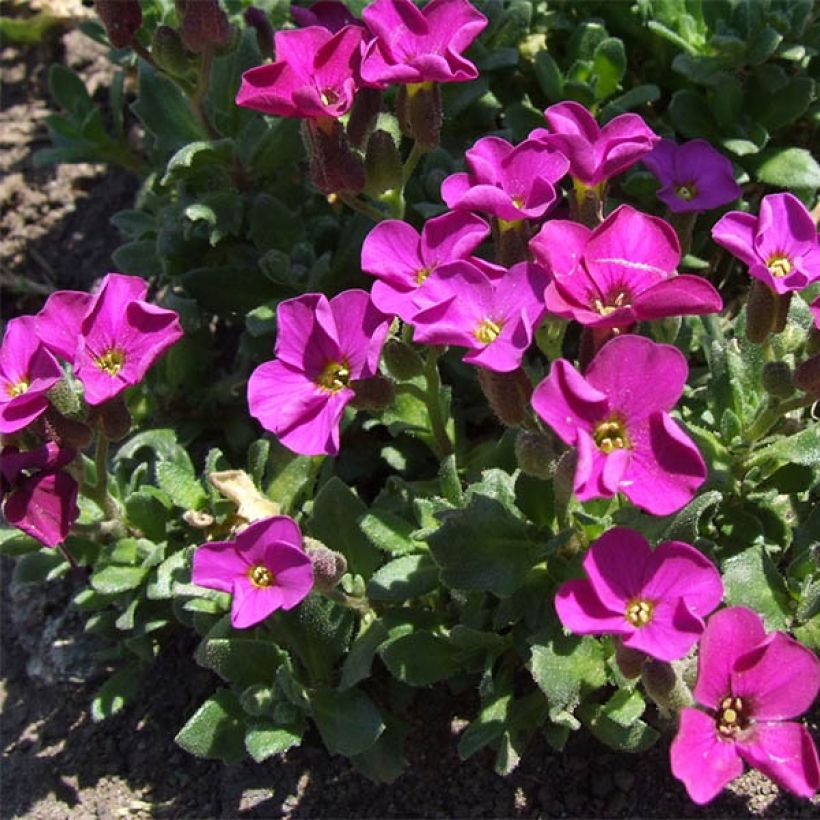

Flowering
Foliage
Plant habit
Botanical data
Aubrieta
x cultorum
Red Carpet
Brassicaceae
Rock cress, Garden Aubrieta, Purple Rock Cress
Cultivar or hybrid
Other Aubrieta - Rock Cress
Planting and care
The 'Red Carpet' Aubrieta is a relatively short-lived perennial. To address this issue, make cuttings of the plant every 2 or 3 years, or divide the rhizomatous stump every 2 or 3 years. It will thrive in the sun, in well-drained but not too dry or light soil, even limestone soil. In case of prolonged drought, watering is necessary. This small plant has no other requirements.
Planting period
Intended location
Care
-
, onOrder confirmed
Reply from on Promesse de fleurs
Rockery perennials
Haven't found what you were looking for?
Hardiness is the lowest winter temperature a plant can endure without suffering serious damage or even dying. However, hardiness is affected by location (a sheltered area, such as a patio), protection (winter cover) and soil type (hardiness is improved by well-drained soil).

Photo Sharing Terms & Conditions
In order to encourage gardeners to interact and share their experiences, Promesse de fleurs offers various media enabling content to be uploaded onto its Site - in particular via the ‘Photo sharing’ module.
The User agrees to refrain from:
- Posting any content that is illegal, prejudicial, insulting, racist, inciteful to hatred, revisionist, contrary to public decency, that infringes on privacy or on the privacy rights of third parties, in particular the publicity rights of persons and goods, intellectual property rights, or the right to privacy.
- Submitting content on behalf of a third party;
- Impersonate the identity of a third party and/or publish any personal information about a third party;
In general, the User undertakes to refrain from any unethical behaviour.
All Content (in particular text, comments, files, images, photos, videos, creative works, etc.), which may be subject to property or intellectual property rights, image or other private rights, shall remain the property of the User, subject to the limited rights granted by the terms of the licence granted by Promesse de fleurs as stated below. Users are at liberty to publish or not to publish such Content on the Site, notably via the ‘Photo Sharing’ facility, and accept that this Content shall be made public and freely accessible, notably on the Internet.
Users further acknowledge, undertake to have ,and guarantee that they hold all necessary rights and permissions to publish such material on the Site, in particular with regard to the legislation in force pertaining to any privacy, property, intellectual property, image, or contractual rights, or rights of any other nature. By publishing such Content on the Site, Users acknowledge accepting full liability as publishers of the Content within the meaning of the law, and grant Promesse de fleurs, free of charge, an inclusive, worldwide licence for the said Content for the entire duration of its publication, including all reproduction, representation, up/downloading, displaying, performing, transmission, and storage rights.
Users also grant permission for their name to be linked to the Content and accept that this link may not always be made available.
By engaging in posting material, Users consent to their Content becoming automatically accessible on the Internet, in particular on other sites and/or blogs and/or web pages of the Promesse de fleurs site, including in particular social pages and the Promesse de fleurs catalogue.
Users may secure the removal of entrusted content free of charge by issuing a simple request via our contact form.

































